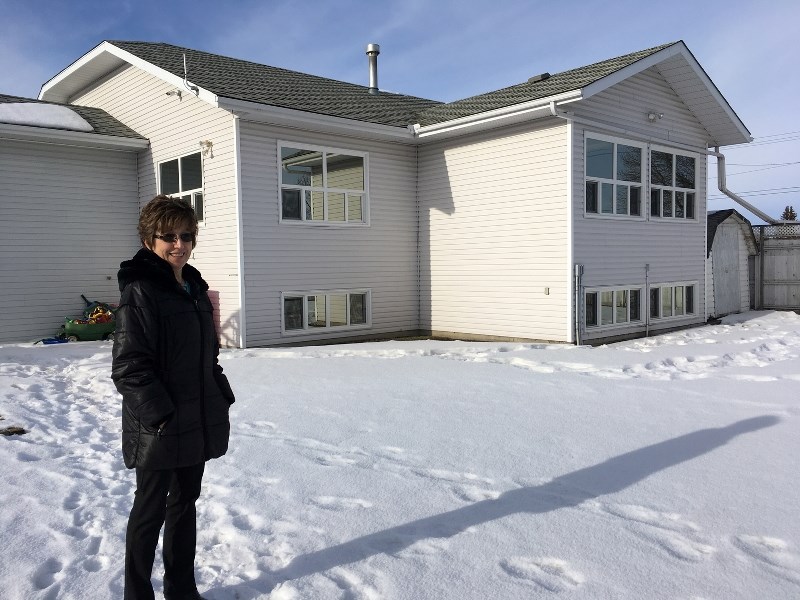While the women’s shelter in St. Paul has supported hundreds of families fleeing domestic violence, 323 women and 227 children were turned away last year due to a lack of space. Within the current constrained space at the shelter, there’s limited living space for clients, limited space for programming, and little room for staff.
“Our capacity will be expanded by making more rooms,” said St. Paul & District Crisis Association executive director, Noreen Cotton, explaining to that end, the association is embarking on an ambitious expansion project to add 5,000 to 7,000 sq. ft. of space to its current shelter in St. Paul.
On Jan. 23, Cotton and board members approached the Town of St. Paul council asking for a letter of support to apply for grants. Federal funding of $90 million has been announced for shelter construction and renovations, which has an application deadline for Feb. 14.
She noted there was a “huge competition” for the funds, but said the shelter has been preparing for this funding for a while, with a plan already in place, and the board determined to proceed with the project, one way or the other.
“Chances are really, really good we get this grant,” she told council, adding that if the shelter is successful in accessing funds, it must be shovel-ready in three months. “So we will be.”
During her presentation, Cotton told council that St. Paul is considered a “hot spot” in the province, with a high need for the services. The shelter has 20 funded beds, but because of its limited room, these beds are stacked four to a room. Technically, if a mom comes in with children over the age of 10, the shelter should be giving them two rooms, said Cotton.
“We have a lot of families that come in with three, four, five kids,” she said, adding the expansion will not increase the number of beds in the shelter, but by creating bigger rooms that will accommodate bigger families, she is hopeful fewer families will be turned away.
The expansion would include up to 3,500 sq. ft of space on each of two floors, which, besides adding living space, would allow the shelter to add program space such as group rooms and a children’s centre as well as extra storage space. An expansion would also give room for its staff, with three staff members currently sharing one 11 x 10 space, and Cotton’s office doubling as storage quarters. While the shelter building was built to accommodate 11 beds originally, it has now increased to 20 beds, alongside with 27 staff, leading to some makeshift solutions to make room for the staff, programming, and clients.
The plan is also to add two transitional apartments, taking up 1,500 sq. ft. of the total expansion. This would be for clients who no longer need the emergency shelter service, but require on-going supports to live independently and free of domestic violence.
Cotton notes that many times, women in abusive situations have nowhere to turn after leaving the emergency shelter, except back to the abusive relationships. A transitional housing model would help address this issue.
“It’s been on the radar of the board for a long time. The timing happened to be right, right now,” she said.
Families would pay modest rent, and would be able to use the transitional space for one to two years, as well as sharing common areas like an exercise room, play room, and programming with women using the emergency shelter services, said Cotton.
“It’s a proven model; it’s how you can run a second stage model more effectively,” Cotton told town council, adding program delivery works best under one roof. The shelter will continue to partner with St. Paul Abilities Network, which is looking to build affordable housing in St. Paul, as a third stage option for women who no longer need transition housing, she said.
Council agreed to provide a letter of support to the shelter as it applies for the grant.
Cotton feels the shelter has the staff in place to serve the needs of women, but but the missing part of the equation is space. Besides the grant, the board will also take on a capital campaign fundraising initiative, to raise $50,000 to $75,000 over the next two years to make room for the expansion and the end goal of being able to provide shelter to more women who need it.
“I know in my heart this is going to help,” said Cotton.



